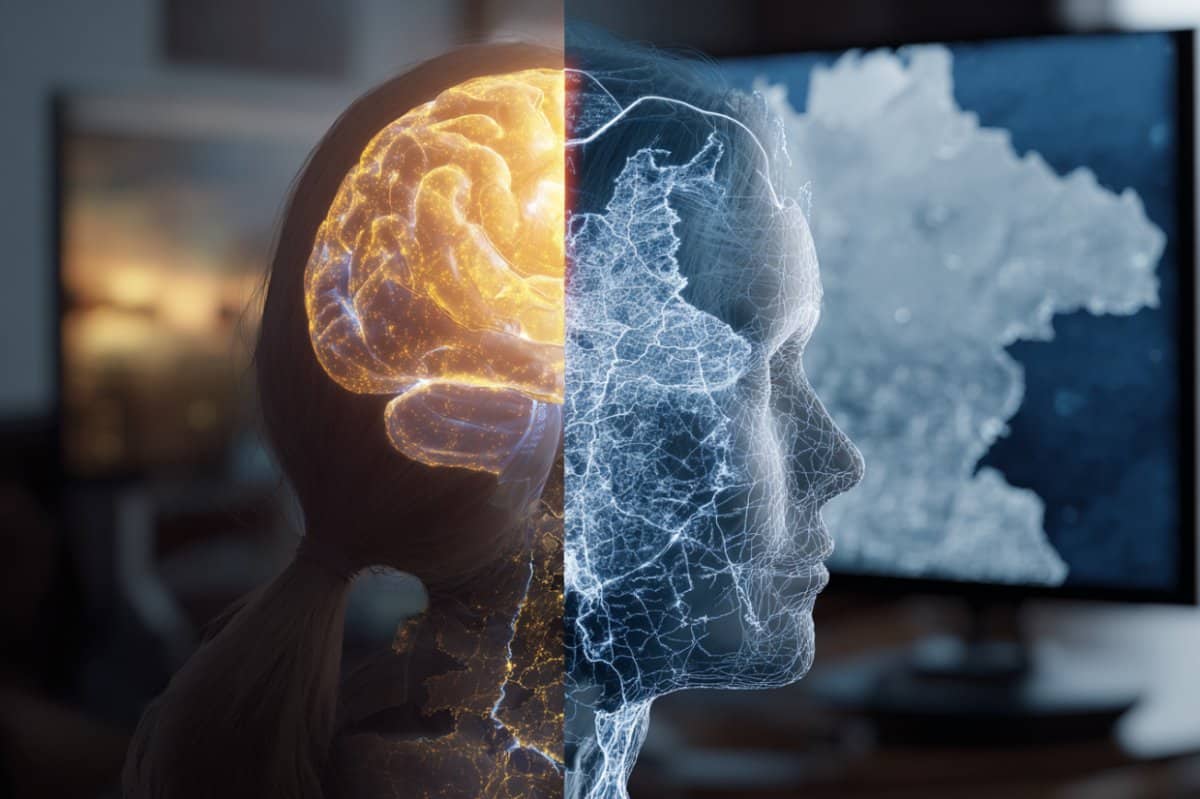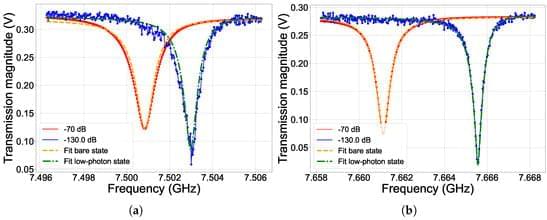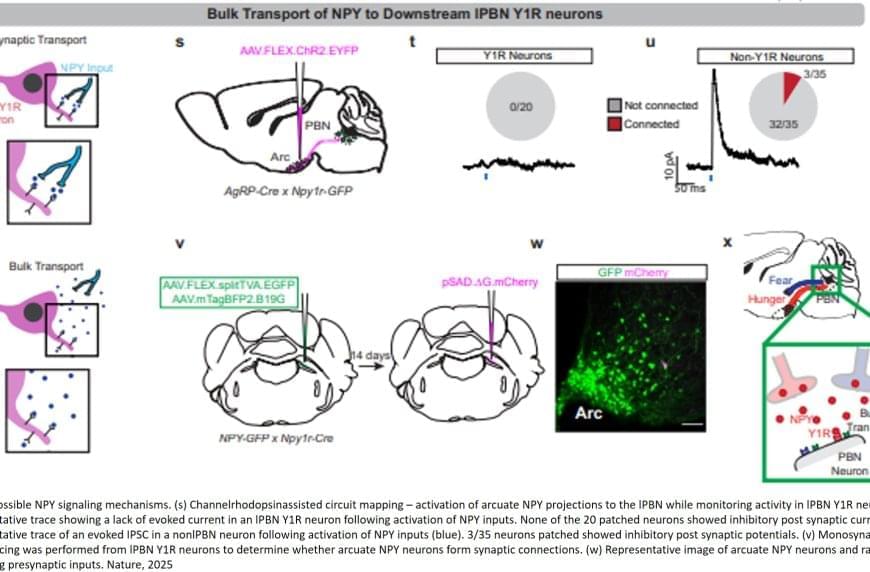When you picture a map in your mind, your brain uses different pathways than when you actually look at one. In a study on spatial attention, participants recalled the map of France and judged which city was closer to Paris.



The Dutch government is tightening its export restrictions on microchip-making machines, specifically deep ultraviolet (DUV) lithographic machines. A licensing requirement will apply to the export of older types of DUV machinery beginning on Saturday, a decision which primarily impacts Dutch business ASML. Foreign Trade Minister Reinett Klever cited national security concerns when announcing the measure on Friday.
According to ASML, the licensing requirement update is a technical change that mainly means that the company will apply for export licenses from the government of the Netherlands, not the United States, for two older types of DUV immersion lithography systems (1970i and 1980i). The Dutch government already implemented a licensing requirement for the newer generations of DUV machines (2000i and later) in September last year.
DUV lithography machines are the second-most advanced microchip-making machines, after extreme ultraviolet (EUV) lithography machines. Dutch company ASML is the world’s only manufacturer of EUV lithography machines and is also a global leader in the production, refurbishment, and repair of DUV lithography machines. DUV machines can still be used to make highly sophisticated microchips, and some of China’s leading tech companies, like Huawei, are actively pushing the limits of the older technology.



The strong requirement for high-performing quantum computing led to intensive research on novel quantum platforms in the last decades. The circuital nature of Josephson-based quantum superconducting systems powerfully supports massive circuital freedom, which allowed for the implementation of a wide range of qubit designs, and an easy interface with the quantum processing unit. However, this unavoidably introduces a coupling with the environment, and thus to extra decoherence sources. Moreover, at the time of writing, control and readout protocols mainly use analogue microwave electronics, which limit the otherwise reasonable scalability in superconducting quantum circuits.

Stanford researchers have developed an innovative computer vision model that recognizes the real-world functions of objects, potentially allowing autonomous robots to select and use tools more effectively.
In the field of AI known as computer vision, researchers have successfully trained models that can identify objects in two-dimensional images. It is a skill critical to a future of robots able to navigate the world autonomously. But object recognition is only a first step. AI also must understand the function of the parts of an object—to know a spout from a handle, or the blade of a bread knife from that of a butter knife.
Computer vision experts call such utility overlaps “functional correspondence.” It is one of the most difficult challenges in computer vision. But now, in a paper that will be presented at the International Conference on Computer Vision (ICCV 2025), Stanford scholars will debut a new AI model that can not only recognize various parts of an object and discern their real-world purposes but also map those at pixel-by-pixel granularity between objects.



Encryption technologies are vital in today’s digital landscape to protect sensitive information from hackers and prevent fraud. While cutting-edge encryption has been developed for data, sophisticated protection for physical objects such as high-value products, access cards and documents has lagged behind until now.
Scientists have now developed a new hydrogel that acts as an unclonable physical tag. The work is published in the journal Advanced Materials.
Physical items are easily copied or faked because their built-in security tags are often weak or simple to clone. To solve this security gap, a team of researchers from China first mixed two chemicals together: polypyrrole, which conducts electricity; and polystyrene sulfonate, a flexible polymer. The result was a soft, conductive, jelly-like substance.

Acute or short-lived pain, despite its bad reputation, is usually a lifesaver. It acts as a transient negative sensory experience that helps us avoid danger. Touch a hot stove, stub a toe, or bonk your head on a low branch, and the nervous system cues up an “Ow!” Over time, the sting fades, the wound heals, but the lesson sticks.
Chronic pain is different; the alarm keeps blaring long after the fire is out, and then the pain itself becomes the problem. Nearly 50 million people in the United States live with chronic pain, an invisible and often untreatable condition that can linger for decades. “It’s not just an injury that won’t heal,” says a neuroscientist, “it’s a brain input that’s become sensitized and hyperactive, and determining how to quiet that input could lead to better treatments.”
Now, research has identified a key to regulating long-term pain states: a group of cells called Y1 receptor (Y1R)-expressing neurons in the brainstem’s lateral parabrachial nucleus (lPBN). These neurons are activated during enduring pain states, but they also integrate information about hunger, fear and thirst, allowing for pain signals to be modulated by other brain circuits signaling more urgent needs.